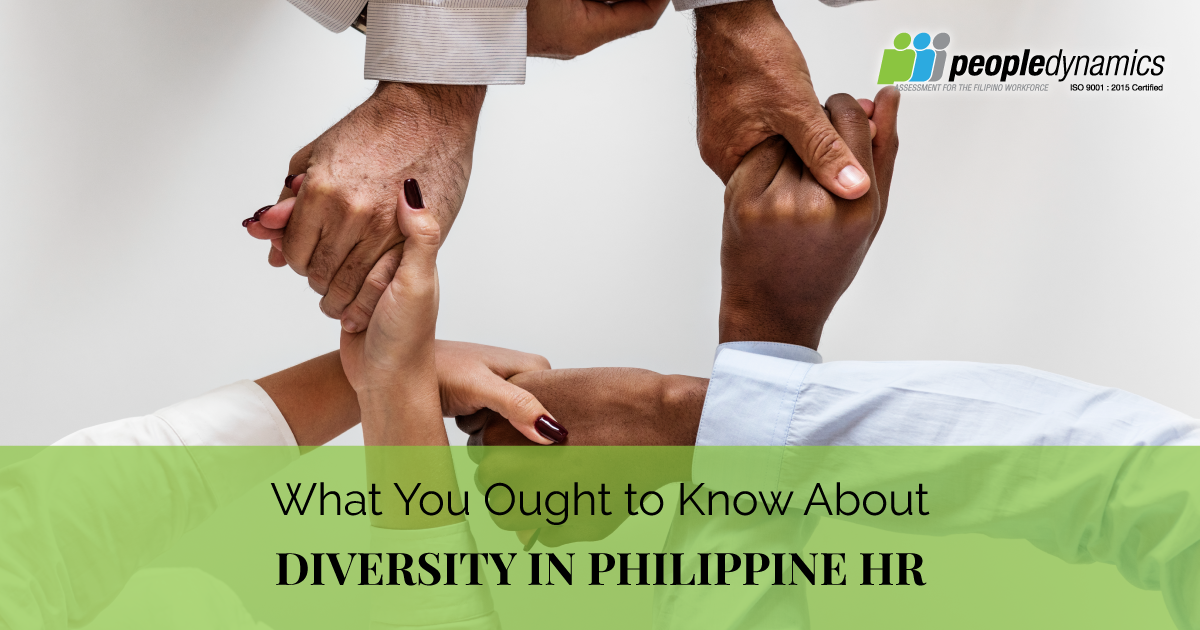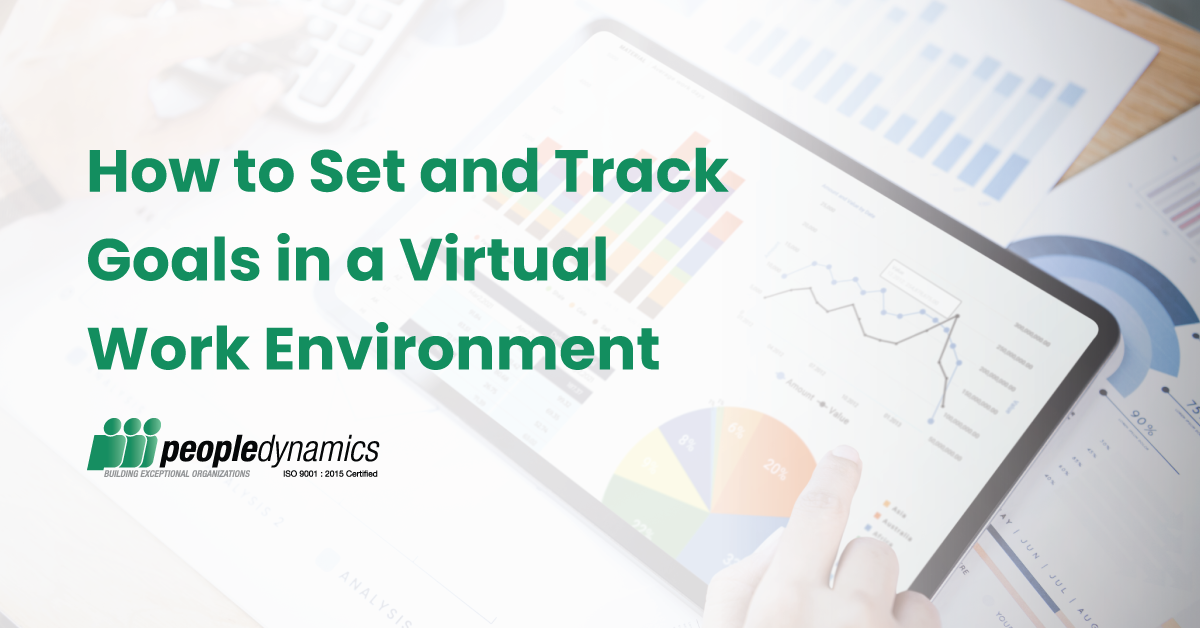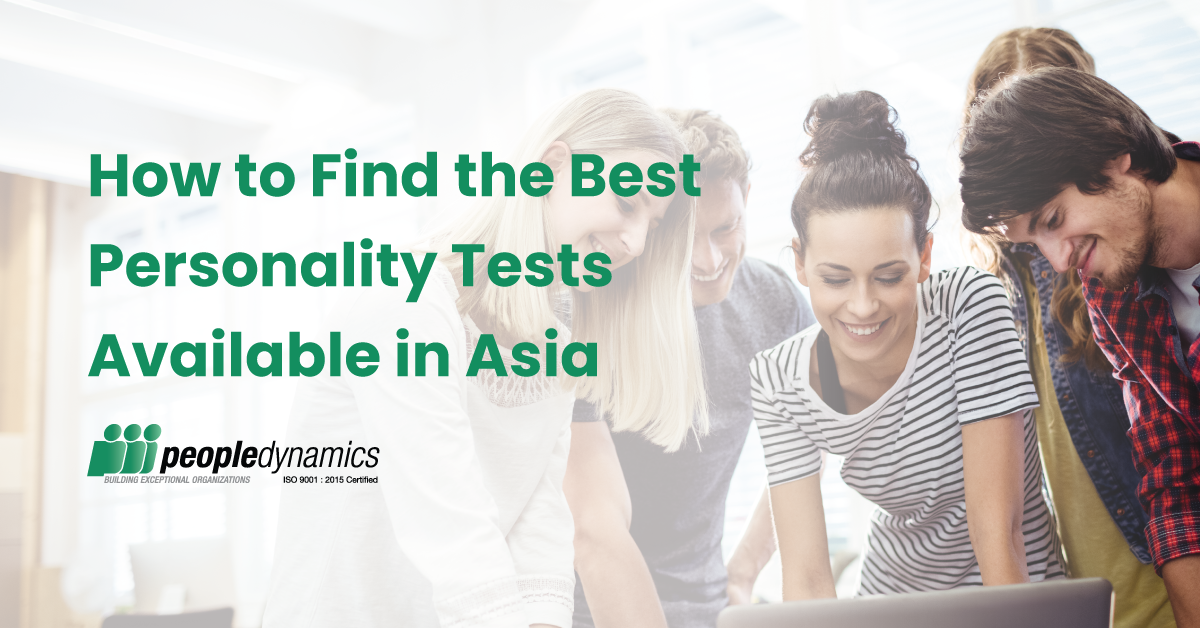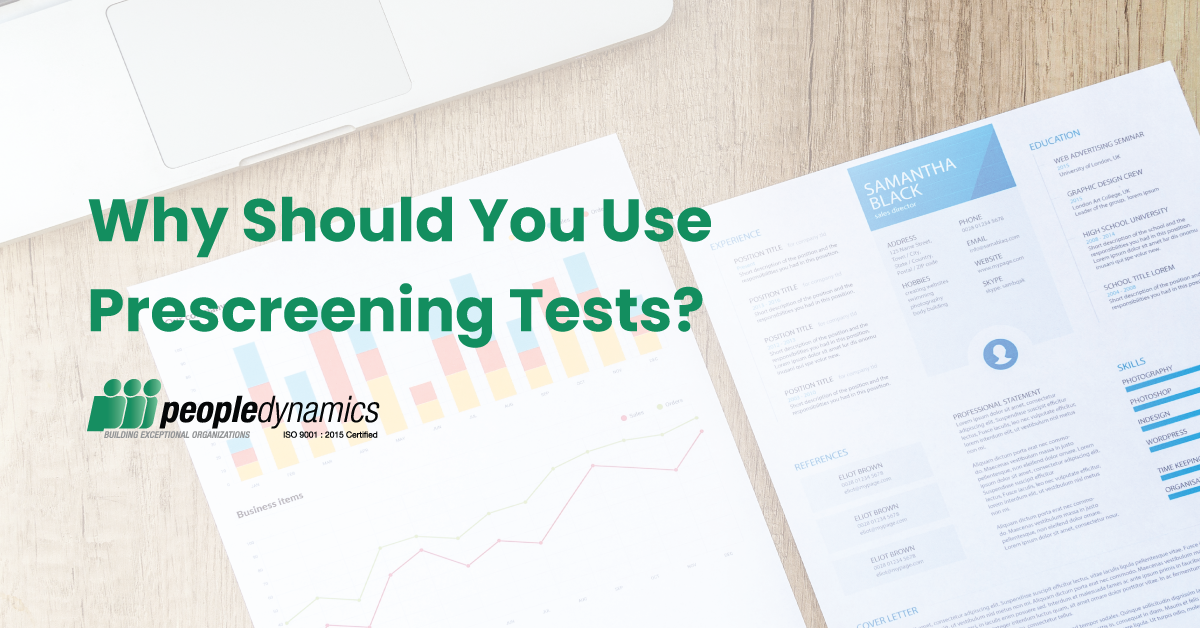The Philippines is a country of great diversity. It’s a country known to have over a hundred dialects and many ethnic groups. Not only those, but the culture is also very varied because of its archipelagic nature and rich history. So while the Philippine office scene may not seem too diverse, it actually is. To help you, here are some things you ought to know about diversity in Philippine HR.
The Different Types of Diversity in Philippine HR
It’s normal to have strong bonds between colleagues in the Filipino workplace culture. Still, you can’t dismiss the fact that despite getting along, these employees are still unique from each other. Here are the different types of diversity you may encounter (and strive for) in Philippine HR.
Religious Diversity
A lot of Filipinos have strong faith. Over 80% of the people are Catholic. Other than Catholics, there are also Muslims, Christians, Evangelists, and more. When it comes to their values and sometimes even with how they act, their religious beliefs can have an influence on them. You also have to understand that due to their respective religions, they will have some activities that they may prioritize or they can’t do. For example, Muslims have their fasting during the month of Ramadan and they can’t eat pork. Members of Iglesia ni Cristo don’t celebrate Christmas, so they may not participate during your company’s Christmas parties. It’s important that in your organization, you respect each of your employees’ faith.
Gender and SOGIE Diversity
A study by Mckinsey Global Institute (MGI) actually found that in terms of gender equality in work, the Philippines leads the Asia Pacific region. But, there’s still room for improvement. Especially when you go beyond the “male” and “female” category and explore the treatment with persons of diverse SOGIE (Sexual Orientation and Gender Identity and Expression). Regarding this issue, you could say that society is still fairly conservative. They’re open with members of the LGBT+ community, but there are still heated debates regarding same-sex marriage and with the SOGIE Equality Bill. In your organization, it’s always a good move to avoid discrimination, eliminate biases, and challenge stereotypes, especially with your gender- and SOGIE-diverse workforce.
Age Diversity
Having a multi-generational workforce can be a great strength for your company. After all, having people from different age groups will give you access to the wisdom of multiple generations. If you want age diversity in your organization, remember that just like with gender and SOGIE diversity, you have to avoid discrimination, eliminate biases, and challenge stereotypes. After all, ageism is a very real problem in the workplace.
Socioeconomic Diversity
Socioeconomic diversity is based on a worker’s education and financial status. While educational attainment is usually a criterion when screening candidates, a person’s amount of money should not be a factor in the hiring process. Individuals from different walks of life contribute unique views and opinions to your business.
Racial Diversity
Workforces in the Philippines are getting more globalized. It’s not uncommon these days to see people from different races walking alongside Filipino employees to get to their respective offices. And with the talent shortage, this can be another market for you to tap.
Hiring for diversity is not just a fad. And the Philippines is not short of diversity. You just have, at all times, remember that the best way to manage these people is to respect them, and they can be your business’ competitive advantage.




